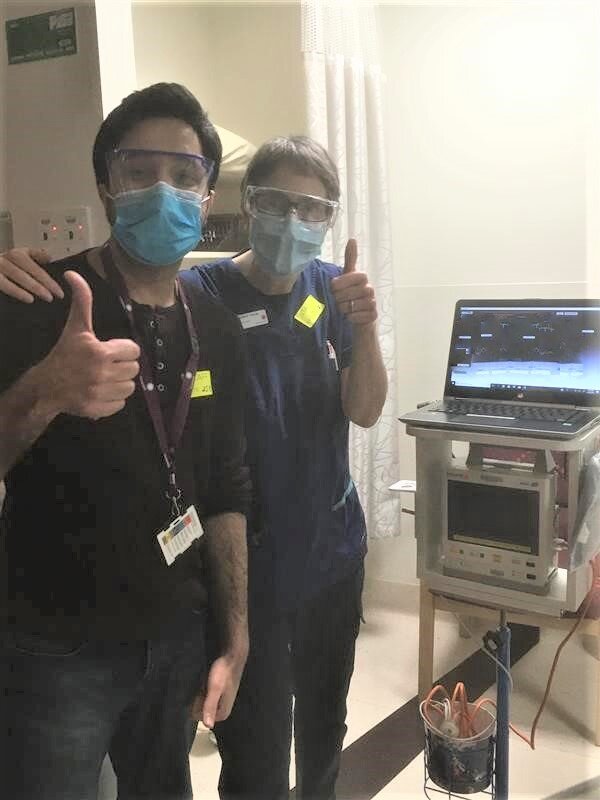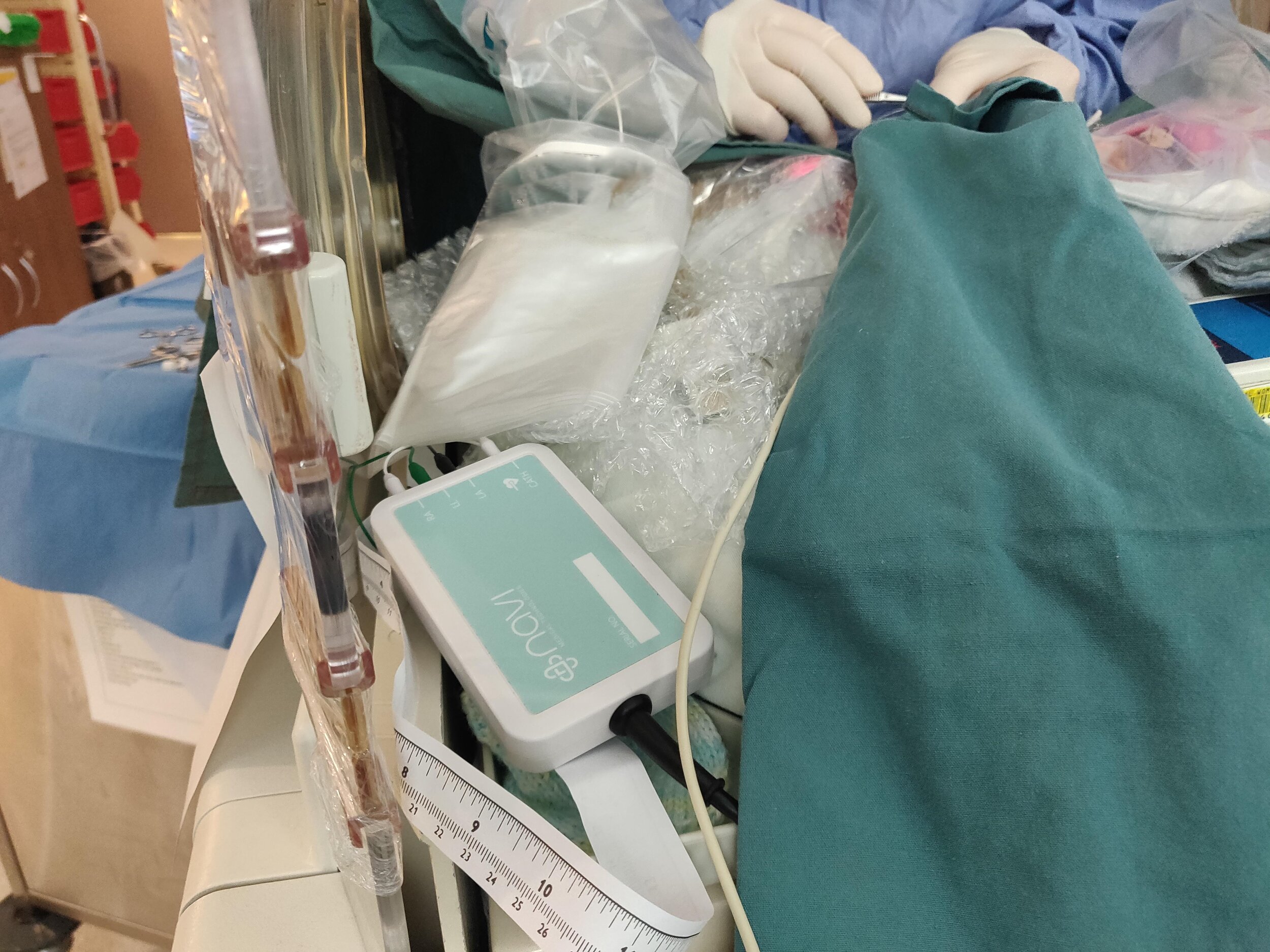Navi has taken another big step in the development of the Neonav ECG Tip Location Device, expanding the existing research study at the Royal Women’s Hospital’s Newborn Intensive Care Unit (NICU) to investigate Neonav’s application in the placement of PICCs in newborns.
Pictured left to right: Navi CTO Mubin Yousuf and Navi CMO (Medical) Dr. Christiane Theda at the commencement of the PICC study at the Royal Women’s Hospital in Melbourne, Australia.
Navi’s Chief Medical Officer, Christiane Theda, is leading the expanded study and is excited about what can be learnt through this research.
“The expansion of our study at the Women’s means we will be able to work towards our goal to significantly improve the procedures newborn babies have to undergo to provide them potentially lifesaving vascular access to give fluids, medications and intravascular nutrition,” said Christiane.
“This new phase of our study is an important further step towards safer care for critically ill children.”
Globally, it is estimated that there are over 2 million PICC insertion procedures performed in newborn and pediatric patients, with up to 50% experiencing instances of misplacement or migration due to lack of real-time confirmation technologies available.
According to Mubin Yousuf, Navi’s CTO and the person managing the development of the software that powers the Neonav, this study will help broaden Neonav’s ability to identify catheter tip locations during PICC procedures, and ultimately reduce instances of misplacement.
“We have been able to significantly improve Neonav’s software using the learnings and the data collected from our previous studies,” said Mubin.
The Neonav clinical prototype being used during a PICC line insertion procedure as part of the Neonav observational study in the Royal Women’s Hospital - Melbourne, Australia
“The focus now is to apply these learnings to collect new data and expand the software’s capability to allow for accurate placement and migration detection of PICCs.”
The expanded research study into PICC procedures has been funded in part by the Victorian Governments Medical Research Accelerating Fund (VMRAF), and is conducted in partnership with, and incredible support from, the Women’s.



